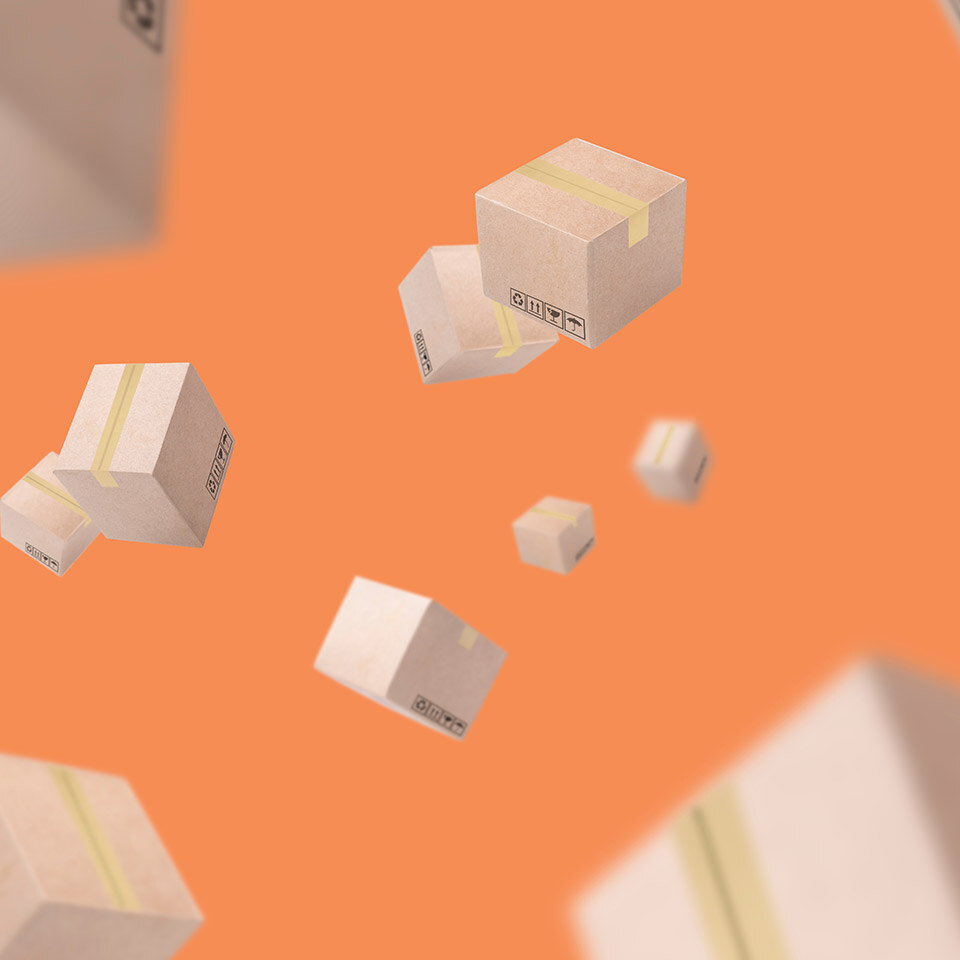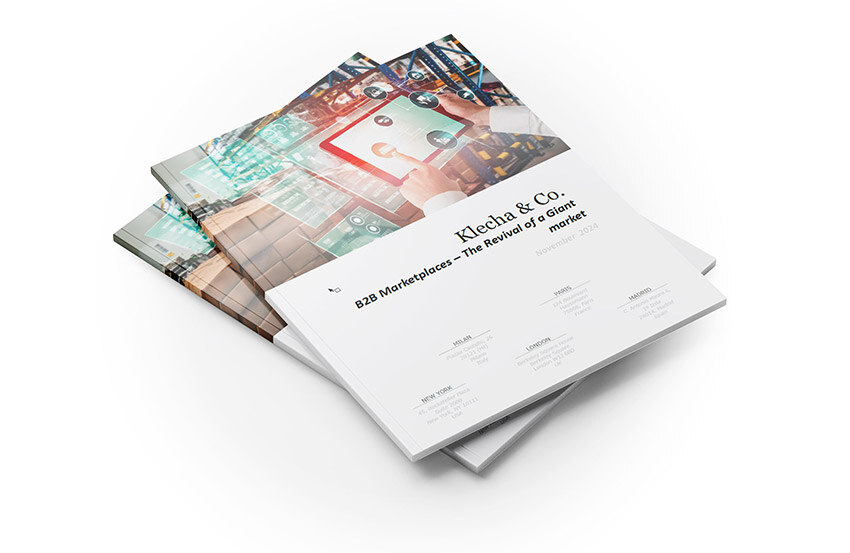New B2B marketplaces differ from their dot-com bubble predecessors with regards to several key factors.
They have been driven by developments in software and the digital ecosystem, along with digitally inclined Millennials taking higher ranks or ownership in firms (Millennials and Gen Z today account for 64% of B2B buyers).
They involve an increased integration over the value chain, from the dot-com eras’ sole focus on supply and demand aggregation, to also include payment, financing solutions and procurement tools. Such integrations are services as Banking-as-a-service, Embedded finance, and API-driven open architecture.
Furthermore, data transfer from the core marketplace directly into other tools customers already use e.g. ERP systems as well as procurement and accounting software. Logistics providers have furthermore built software that can be easily plugged into B2B marketplaces and allows buyers and sellers to easily modify and track shipments. The aim is integration with, rather than to, fully replace legacy systems and B2B procurement’s strong, established, multichannel, and at times complex go-to-market relationships with account managers.
Moreover, two key trends are projected to prevail. Firstly, B2B marketplaces most often follow a general trend in marketplaces of hyperverticalisaton – 90% of funding went to vertical marketplaces in 2023, comparted to 10% to horizontal. This allows for tailored specific industry purchasing workflows, often originating from the epicentre of their industry, as a launch from an incumbent in the space. Most automative B2B marketplaces originate from Germany. More specific examples include such as the B2B container logistics marketplace Container xChange that is based in Hamburg, one of the largest ports in Europe, while the seafood marketplace Rooser began as a link between two hubs in the industry through Aberdeen in Scotland and Saint-Malo in France. Similarly, a significant portion of leading fresh fruits and vegetables B2B marketplaces come from areas of their production including Italy, Spain and Greece.

